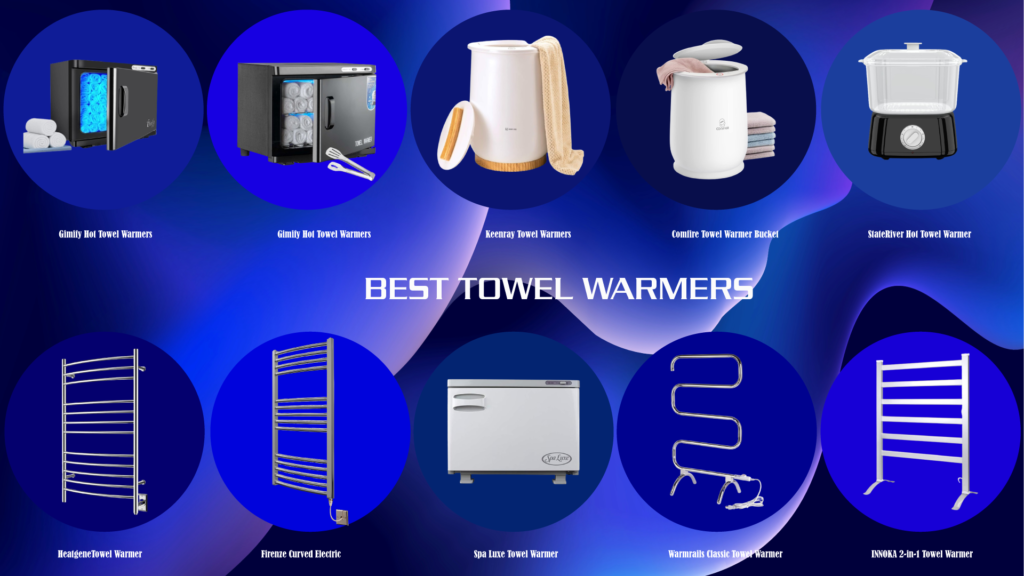Towel warmers are a cozy addition to any bathroom, making it easy to grab a warm towel after a shower. They are great for drying towels quickly and can even warm clothes and blankets. Here’s a simple guide on how to use them, the different types you can find, and their good and not-so-good points.
What is a Towel Warmer?
A towel warmer is like a rack that heats up towels so they’re warm when you use them. They can also help dry damp towels, clothes, and even blankets. You either plug them into an outlet or connect them to your home’s heating system to get them working.
Table of Contents
Toggle2 Types of Towel Warmer
1. Electric Towel Warmers:
These are popular and come in two styles: plug-in and hardwired. Plug-in models are easy to move around and set up, while hardwired ones look neater but need professional help to install.
- Good Points:
- Easy to use: They warm up quickly, usually in about 15-30 minutes.
- Saves energy: Many are made to use very little power.
- Lots of choices: They come in many styles and sizes.
- Not-so-good Points:
- Cost: They can be pricey, especially the hardwired types.
- Safety: They need to be installed correctly to be safe in wet bathrooms.
2. Hydronic Towel Warmers:
These are hooked up to your home’s hot water system. They use hot water from your system to get warm.
- Good Points:
- Energy-efficient: They work well in homes that already use hot water heating.
- Steady heat: They keep a consistent warmth for a long time.
- Not-so-good Points:
- Hard to install: You’ll likely need a plumber to help set it up.
- Not flexible: They’re not easy to install if you don’t have the right water heating system.
Using a Towel Warmer
Step 1: Set It Up Make sure it’s installed right. You might need to plug it in or get a pro to hook it up.
Step 2: Prepare Your Towels Fold towels so they heat up evenly. Don’t overload the warmer so every towel gets warm and dries well.
Step 3: Turn It On Most have an easy switch or a timer. You might want to turn it on right before you shower so it’s ready when you are.
Step 4: Keep It Safe and Clean Always follow the safety and care tips from the maker. Clean it regularly to keep it safe and working well.
Why Use a Towel Warmer?
Stay Healthy: Warm and dry towels mean less mold and germs.
Comfort: It’s really nice to wrap up in a warm towel.
Useful: You can also dry delicate clothes and swimsuits.
Looks Good: They add a stylish touch to your bathroom.
Things to Think About
Space: Make sure you have room for it in your bathroom.
Budget: Prices vary, so pick one that fits your budget.
Energy Use: They’re usually efficient, but it’s good to think about how much energy it uses.
Towel warmers are handy devices that make your bathroom feel a bit more luxurious. Whether you choose an electric or a hydronic model, they offer warmth and convenience that make them worth considering for your home. This guide should help you pick the right one and use it easily.
